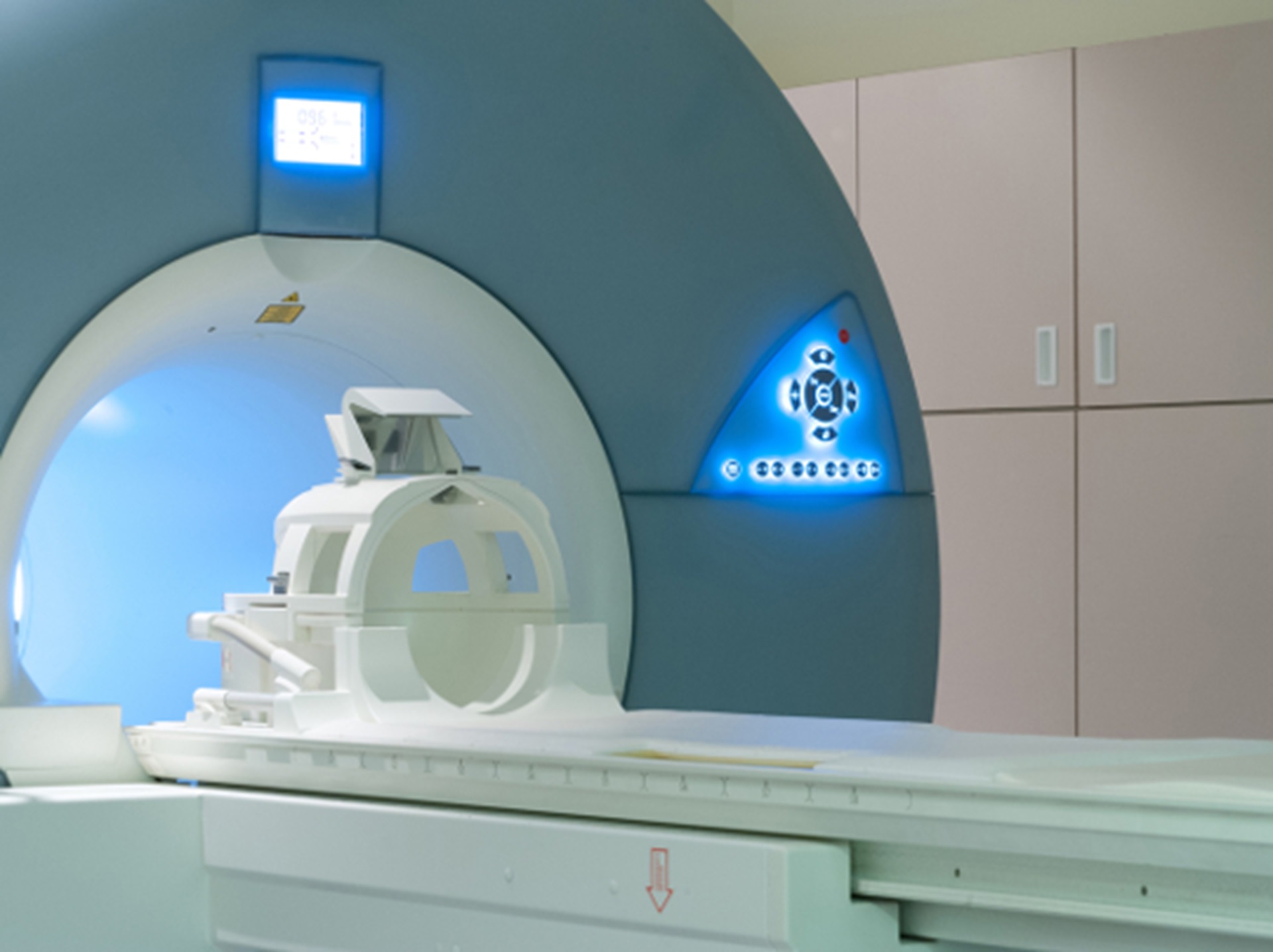An endovaginal magnetic resonance imaging technique is more accurate at detecting early-stage cervical cancer than the best widely available method, a new study reports.
Researchers at The Institute of Cancer Research and The Royal Marsden found that using an endovaginal probe improves detection of early cervical cancer, and could help doctors to better decide which women would benefit from fertility-sparing surgery.
The success of cell smear screening programmes for cervical cancer means more and more women are diagnosed with earlier, more treatable forms of the disease. However, early tumours are smaller and harder to spot on conventional magnetic resonance images, and it is important for doctors to know the exact size and location of tumours before deciding which treatment a woman should receive.
For the first time, researchers have directly compared an endovaginal probe with the best available external detection technique. The study showed that use of an endovaginal probe was more effective than previously thought, and that it allowed doctors to spot smaller tumours and identify women who might benefit from fertility-sparing surgery.
During the study, published in the journal European Radiology, 48 patients with stage 1 cervical cancer were given optimised versions of both the endovaginal scan and the external array scan before they received surgery. A radiologist with 20 years’ experience assessed the images along with each woman’s clinical notes and provided diagnoses in each case.
After surgery, tests were carried out on the removed tissue to determine whether either scan had correctly predicted the presence or absence of a tumour. Performing a type of scan, known as diffusion weighted imaging, with an endovaginal probe allowed doctors to detect tumours with a 78.2% sensitivity – which measures the proportion of true positive results. This compares with a sensitivity of 66.7% when using the external detection technique. Adding diffusion weighted imaging to the scan while using a probe also improved the specificity – which measures the portion of true negative results – from 79.1% to 89.5%.
Study leader Professor Nandita deSouza, Professor of Translational Imaging at the ICR and a consultant at The Royal Marsden, said: “We already know that use of an endovaginal probe can identify women who would benefit from fertility-sparing surgery – and we’ve been able to change patients’ surgical plans by using it. But to establish use of the technique more widely, it was important to formally compare it with the external coil technique. Our study showed that use of the endovaginal probe produced images that were clearer, and could more accurately detect early cervical cancer than the external coil.
“We offer this method routinely at The Royal Marsden – where we developed the probe for our 3T scanner – and we’d like this technique to be more widely available to patients across the country.”